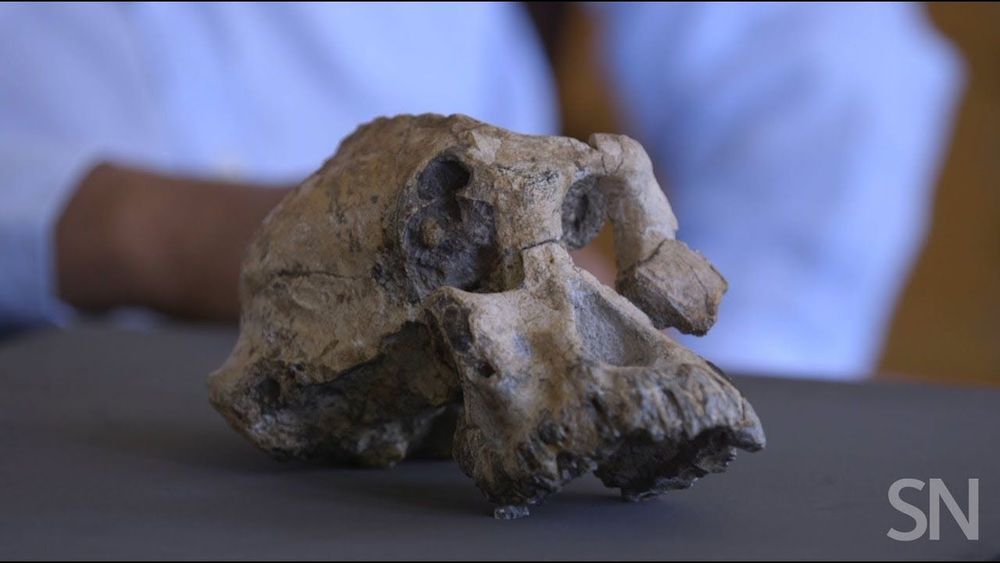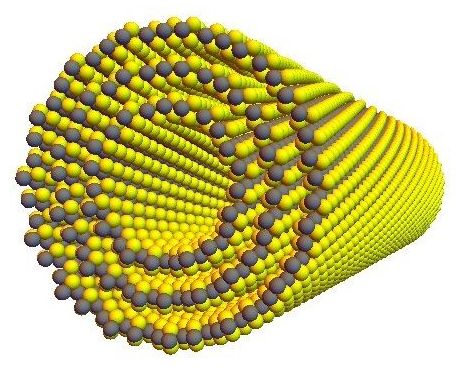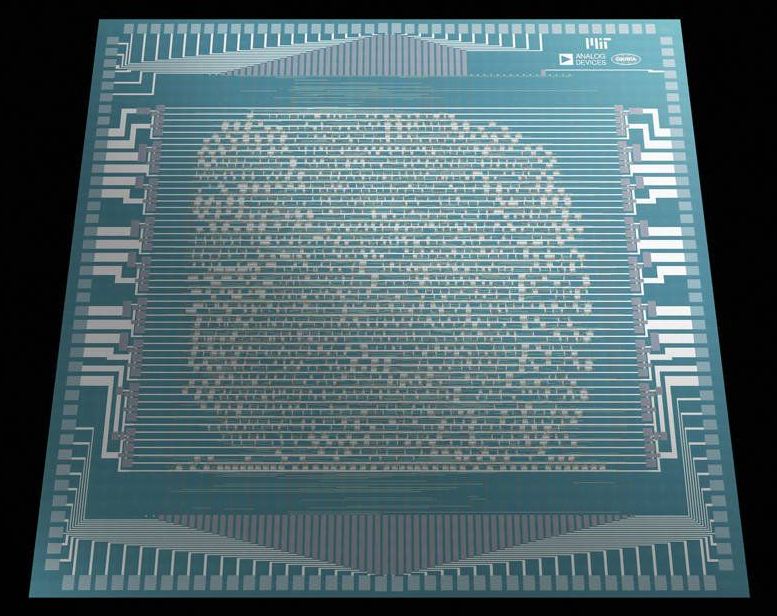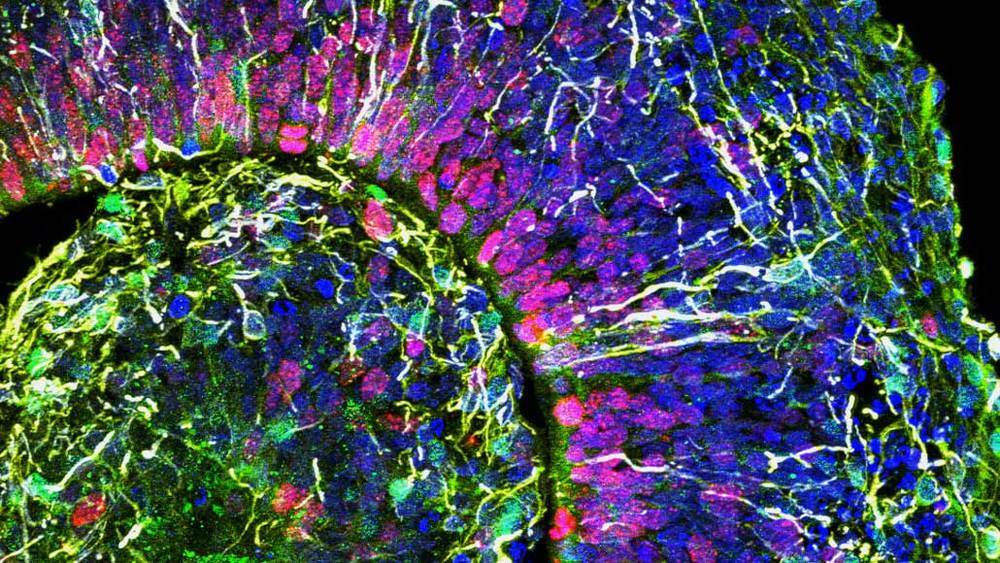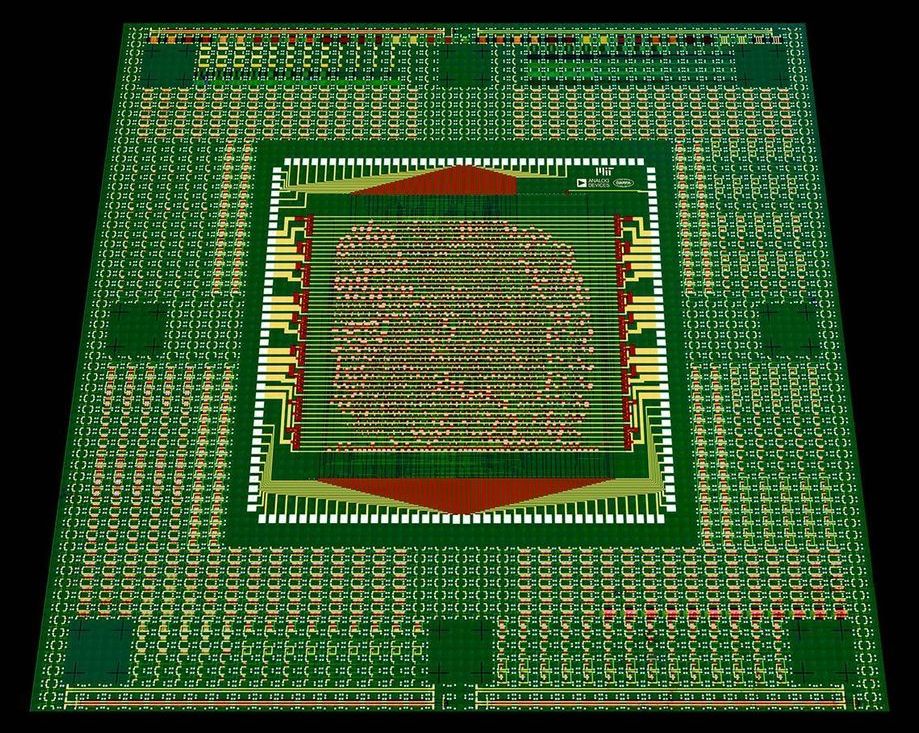Ummmn o.o!
How are black holes born? Astrophysicists have theories, but we don’t actually know for certain. It could be massive stars quietly imploding with a floompf, or perhaps black holes are born in the explosions of colossal supernovas. New observations now indicate it might indeed be the latter.
In fact, the research suggests that those explosions are so powerful, they can kick the black holes across the galaxy at speeds greater than 70 kilometres per second (43 miles per second).
“This work basically talks about the first observational evidence that you can actually see black holes moving with high velocities in the galaxy and associate it to the kick the black hole system received at birth,” astronomer Pikky Atri of Curtin University and the International Centre for Radio Astronomy Research (ICRAR) told ScienceAlert.

